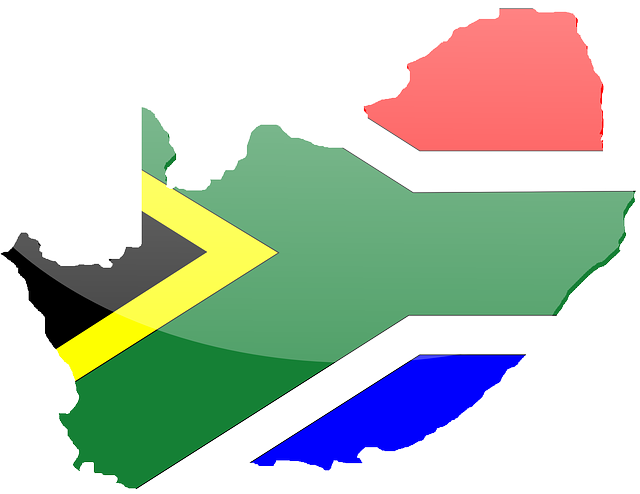World AIDS Day 2014: WHO issues new recommendations on the use of antiretrovirals for treatment and prevention of HIV infection
On World AIDS Day 2014, the World Health Organization has issued new recommendations to help countries close important gaps in HIV prevention and treatment services.
Despite tremendous progress in recent years, with a record 13 million people accessing antiretroviral treatment in 2013, many people still lack access to comprehensive HIV treatment and prevention services. In 2013, 2 million people were newly infected with HIV. In low and middle income countries, around 1 in 3 adults living with HIV had access to treatment. Only 1 in 4 children could get the medicines they needed, and many people with HIV still lacked the means to prevent and treat other infections.
The guidelines include advice on providing antiretroviral drugs for people who have been exposed to HIV – such as health workers, sex-workers, and survivors of rape – what is often described as “post-exposure prophylaxis”, or PEP. They also include recommendations on preventing and managing common “opportunistic infections” and diseases such as severe bacterial and malaria infections.
The guidelines are published as a supplement to WHO’s 2013 consolidated guidelines on the use of antiretrovirals. The guidelines promote earlier, simpler and less toxic interventions to keep people healthier for longer, and to help prevent transmission.
Video: WHO – Closing the gap – improving access to HIV services in Kenya
Commentary by Dr Gottfried Hirnschall, Director, Department of HIV/AIDS, WHO







